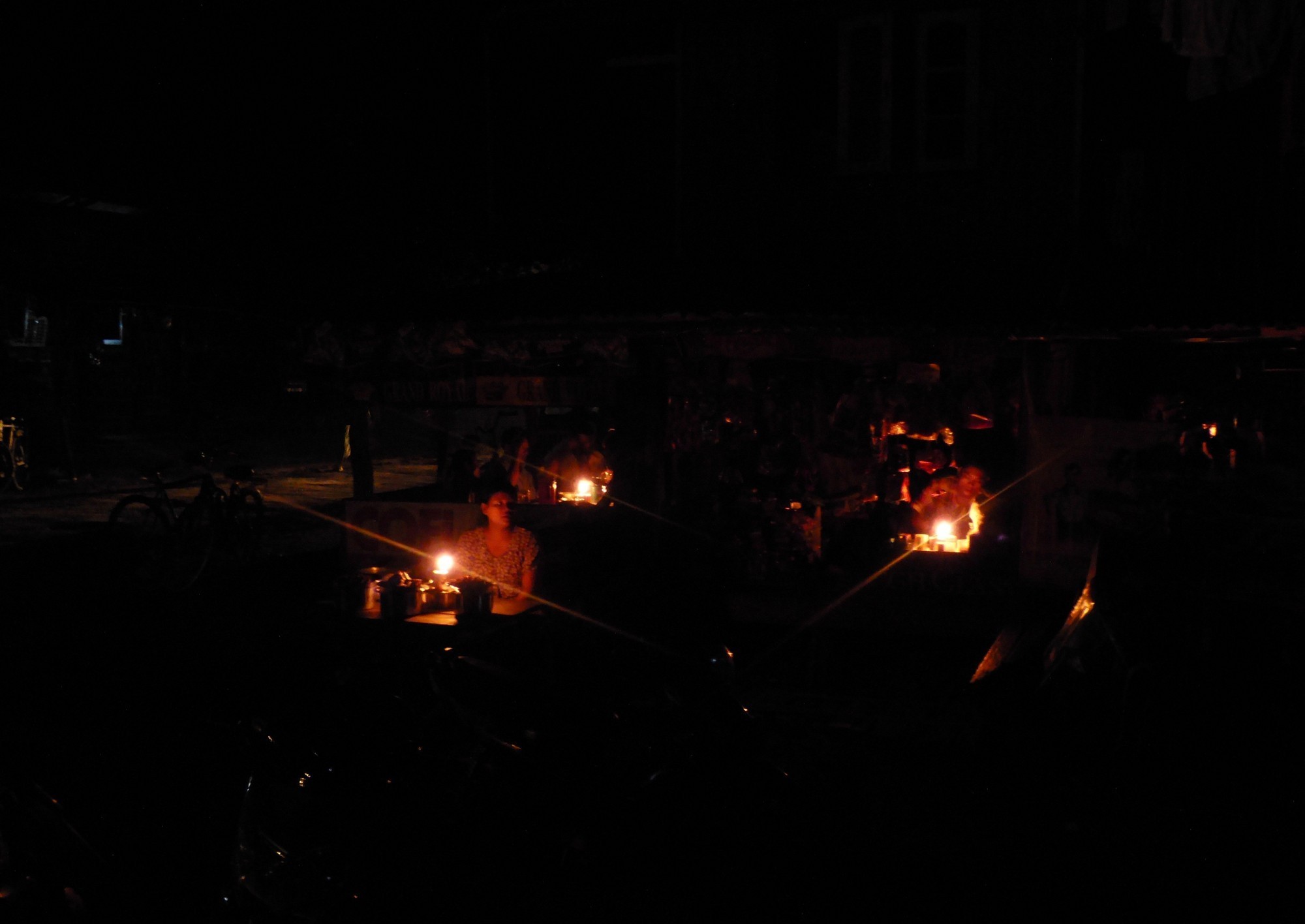
AEMO’s Dimly Lit Path to Primitivism
The Australian Energy Market Operator (AEMO) produced its latest Integrated System Plan (ISP) last month. We don’t really need to spell out AEMO or its ISP anymore, do we? Unfortunately, to those who pay the least attention, they have become part of the furniture. And part of the design of the brave new world envisioned for our future. Well, not mine personally, I will be dead, but for younger Australians who otherwise might have enjoyed continuing to live in the Lucky Country. Sadly, for them a ruder state of society awaits. Pleasing for those who see romance in Aboriginal culture. They might be begin to sample it for real; at least that part which apparently relishes life without electricity at the ready. The Greens will be delighted.
For, let there be no doubt among those who have retained their sanity and have not been caught up in the climate cult, AEMO’s ISP will not work in real life. Having said that, I admit to having not read all of the 92 pages of the principal document or the eight appendices or the ten supporting documents or the four notices of consultations. Maybe therein lies a secret key as to how it will all work. I seriously doubt it.
Ten large coal power stations have closed since 2012. Currently, the plated capacity of the existing stations is 21 gigawatts. The latest data for 2021-22 has Australian annual electricity generation at 272 TWh. Per hour this comes to 31 gigawatts. Coal on average provided 47 percent of this or about 15 gigawatts each hour.
According to AEMO, 90 per cent of the current coal fleet will close before 2035 and the remaining rump by 2038.
According to AEMO, 90 per cent of the current coal fleet will close before 2035 and the remaining rump by 2038. That is an awful lot of reliable base-load power to take out of the system; particularly as electricity consumption is forecast to nearly double by 2050. And that may well understate the likely demand, if Australia’s population continues to grow apace and the electrification of everything is on the menu, not to mention the increasing power demands of the digital age.
How will the required electricity be generated? Back to the ISP and its Overview.
We are told that storage capacity (hydro and batteries) will need to increase from 3 gigawatts now to 49 gigawatts by 2050. Yes, it is true. Storage is quoted in gigawatts not in gigawatt-hours (GWh). It is hardly believable that the organisation in charge of our electricity future still quotes storage this way. It is, of course, meaningless.
You don’t worry about the wattage of the batteries in your torch when wandering down a dark country lane, you worry about how long they will last. Still, using AEMO’s cockeyed numbers, storage will need to increase by a factor of more than 16. That’s a lot of batteries and Snowy 2.0s. And yet, because of their inability to provide power for long (and best to remember they don’t generate power and need to be replenished when empty) they will simply be unable to fill in the blanks on windless nights and on those cloudy windless days, of which there are many.
According to AEMO, grid-scale wind and solar will need to increase six times, from 21 to 127 gigawatts, and be connected up, and rooftop solar four times, from 21 gigawatts to 86 gigawatts. Again, you might wonder how this can ever be done in the remaining 26 years to 2050, even if you did manage to swallow the uglification of the landscapes. However, if it were built, what exactly would it mean for power generation?
To be generous, taken together solar and wind have a capacity factor of just about 30 percent.
To be generous, taken together solar and wind have a capacity factor of just about 30 percent. This means that the 127 plus 86 (=213) gigawatts converts to 64 GWh (30% of 213) as an average power output. That’s just about enough, you might think, based on double the 31 gigawatts of power per hour used in 2021-22, as reported above. But you would be wrong. You would think that only if fooled by averages.
Power demand peaks above the average each day and is affected by the weather. Power supplied by the wind and sun often falls well below its average output, sometime all the way to zero, or close enough to. So the gap between the supply of electricity from renewables and the demands of households and industry will at times be an unfillable gulf. The upper reservoir of Snowy 2.0 (putting aside incredulity about it ever being finished) will run dry. Batteries will give up after a couple of hours. There’s gas, you say.
AEMO have gas increasing from 11.5 to only 15 gigawatts by 2050. I assume this is all from peaking plants because mid-merit plants are all forecast to close by 2050. Now gas, able to provide 15 gigawatts at will, would fill lots of the inevitable gaps between supply and demand. In fact, it is the only part of the plan which makes sense. It is a hydrocarbon fuel, that is why. I am not sure what Victoria’s Liliana D’Ambrosio thinks of it. Not nearly hairy-chested enough, I would think she thinks.
Gas can fill some gaps, as noted. But we have to really understand the situation. Almost all of the electricity to power Australia by 2050, and progressively from now until then, is assumed to come from the wind and sun. Intermittent power that might at times, even if infrequently, plunge to close to zero. That is a potential gap of about 60 gigawatts by 2050 (based on double the current usage); and lasting for hours on end. It cannot be filled. It is a recipe for regression to primitivism.
From here on, each time a coal power station closes we, and our way of life, become more and more hostage to the weather. We have to hope that reality breaks through quickly. It did, at least temporarily, for Chris Minns in deciding NSW taxpayers would pay Origin Energy richly to keep Eraring coal power station open. Chris Bowen and his cultist colleagues will be tougher nuts to crack. They are on a mission to boldly go where no sane man would ever go.







